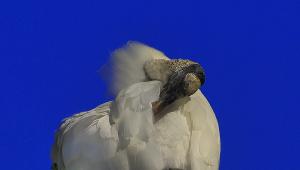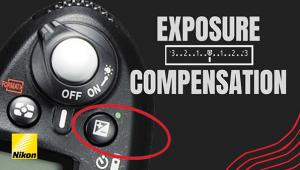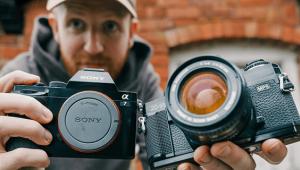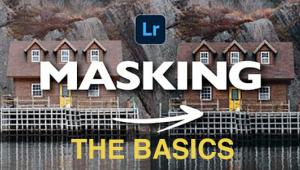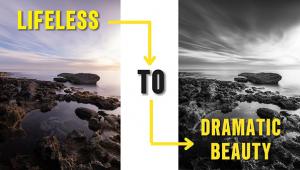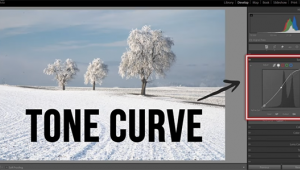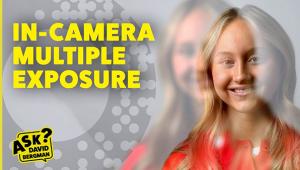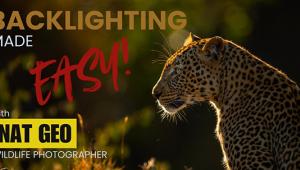Might As Well Jump; Lori Stoll’s Large (Format) Challenge
Photos © 2004, Lori Stoll, All Rights Reserved
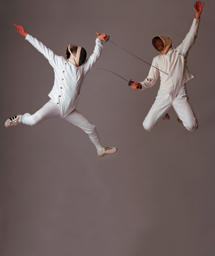 |
|
|
Like a friend of mine, a photographer in his mid-40s, who called not long ago to say that he just started taking guitar lessons. Or another photographer I know, who at 40 took up fencing. Of course, when you're a photographer and this sort of thing happens, the second thing you end up doing is photographing whatever it is you finally decided to pursue.
Lori Stoll is the photographer who is now also a fencer. "I always wanted
to do it," she says. "I always thought it was so cool." And
because she had a friend who was ranked number one in the veteran's (over
40 years of age) division in competitive saber fencing, it was no problem to
get a recommendation for a place to take lessons. One day about three years
ago, Lori walked in and signed up, and these days she tries hard to continue
to fit three lessons per week into her shooting schedule.
Her interest in photographing the sport was born not long after the start of
her lessons. "Fencing became such a passion," Lori says, "that
it started to bother me that I never saw photographs that represented how I
felt about it. All I ever saw were grainy black and whites. I don't mean
to sound derogatory, but they didn't capture the beauty, the grace, or
the emotion of fencing. They all seemed to be taken by amateurs with 35mm cameras
who happened to be standing on the sidelines."
When Lori decided to make the kind of fencing photographs she wanted to see,
she had her choice of formats. As an advertising and commercial shooter, she
works with 35mm and medium and large format cameras--Nikon, Mamiya, and
Toyo, respectively. Planning her fencing photographs, she decided to try the
4x5 camera--and back up the shoot with the Mamiya RZ. "I love the
results I get with the 4x5--the detail, the sharpness--and I wanted
to see what fencing photographs would look like with that kind of size and clarity.
And I wanted the big negative so I could make really big enlargements."
 |
|
|
Along with two assistants, two fencers, and a sword choreographer, Lori took
over the fencing studio for a long day's shoot into night. Of course,
the fact that a sword choreographer was present makes it obvious that Lori was
looking for something beyond the reality of a fencing match. "He teaches
film and television actors how to sword fight so it looks as real as possible,"
she says, "and he often directs sword fighting sequences." But Lori
didn't want reality; she wanted him to help choreograph the beauty and
drama of exaggerated motion. "You'd never see moves this big in
real fencing. In fencing, especially with a foil, you want to make yourself
as small a target as possible. You wouldn't be putting your arms and legs
out like this." In these photos, beauty trumps reality. "I was trying
to create something that was as visually interesting as possible," Lori
says.
They rehearsed moves and shot Polaroids, then discussed the results and rehearsed
again. "It was a collaborative effort," Lori says. "I knew
I wanted them jumping, knew I wanted some elevation, even though in fencing
you'd never see them jump because going up is a waste of motion--you
need to be going forward--but photographically it looks beautiful to me.
We started with the premise of jumping and came up with different moves."
The goal was to capture the apex of the jump. After thorough testing with the
Polaroids, they were ready. "At the start, I wasn't completely sure
I was going to be able to capture what I wanted on 4x5 because I've got
only one chance per sheet of film, but then I realized once we started shooting
the Polaroids that all I needed was that one chance--if we planned the
moves."
Lori shot a bit with the Mamiya RZ, too, "but not much because when I
saw how the 4x5 was working out, we stayed with it." They were in the
fencing studio from nine in the morning to 10 at night and shot 20 sheets of
4x5 film--so not all the time was spent shooting. "We messed around
a lot until we figured out how we wanted to shoot it," Lori says.
What you see here are some of the final images, plus a triptych of Polaroids.
Lori plans to use the images for self-promotion pieces, and she has a friend
who does large-scale installations for hotels and restaurants. "Maybe
there'll be a hip hotel somewhere who'll want a huge fencing shot
for their wall."
While the original inspiration came from her love of the sport, from the start
there was another source of inspiration for the somewhat predatory look of some
of the fencers' moves. "In an issue of National Geographic I saw
a photograph of a snake and a rat," Lori says. "The snake had just
launched itself at the rat. Its fangs had almost reached the rat, and the rat
was moving back, and that reminded me of fencing--the lunge and the response.
I saw the photo while I was taking lessons and thinking of photographing fencing.
I even showed the photo to the sword choreographer and the fencers and told
them that this was what I was thinking about.
The Specs
Lori Stoll photographed these images with a Toyo 4x5 camera fitted with a 210mm
Nikkor lens. The Polaroid tests were made on Type 55 P/N film, the final shots
on Kodak Portra 400 NC. She shot against a seamless background, lighting the
setup with two large Chimera softboxes with two 4800 watt-second Profoto heads
in each. She estimates the shutter speeds were between 1/125 and 1/400 second
at f/22.
And there was just enough ambient light in the room so that two guys with sharp
weapons would always know where each other was.
"But, you know, ultimately it was just me asking myself, can I do this?
And thinking, well, let's see what happens
if I try."
So, got something you've always wanted to do? Might as well jump.
To see more of Lori's work visit her website at http://loristollstudio.com/.
- Log in or register to post comments
